A Walk Through Weddings: Cultural Bridal Fashion Around the World
By Thilo Mag
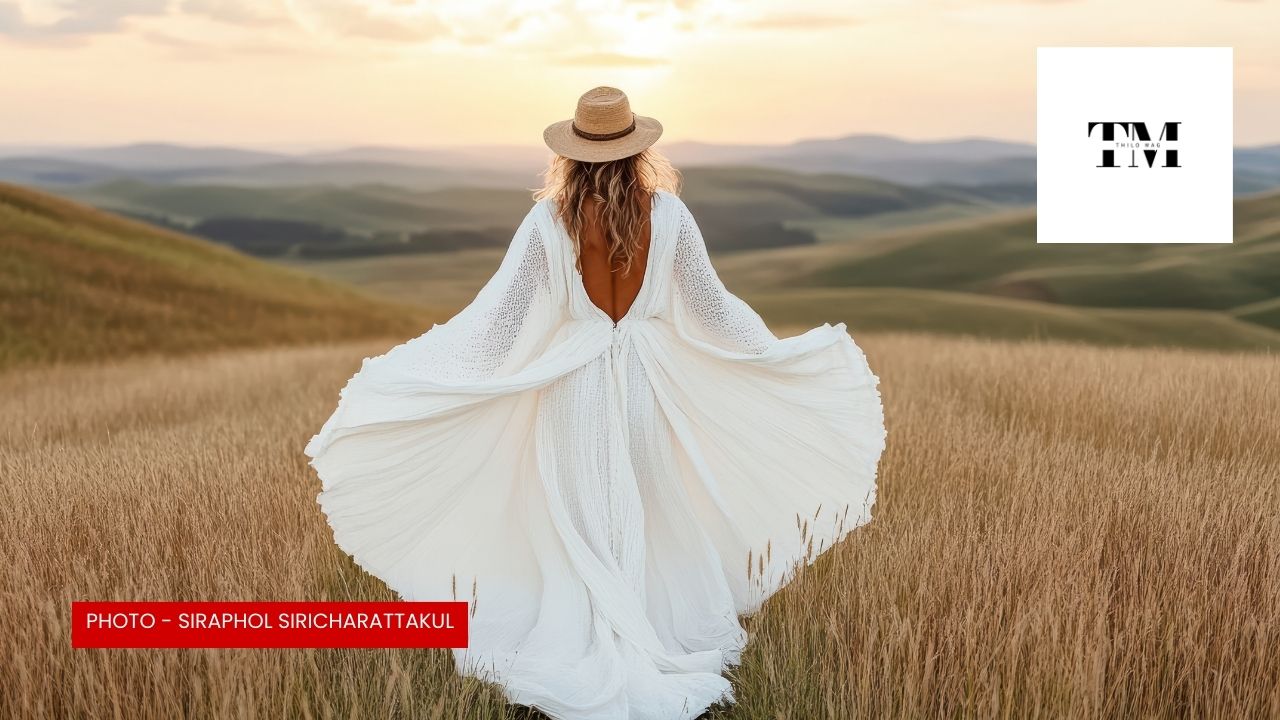
Weddings are a universal celebration of love, but the way they are expressed varies widely across the globe. One of the most vibrant reflections of this diversity lies in bridal fashion. The bridal attire, often the centerpiece of a wedding ceremony, carries layers of history, culture, and personal identity. This feature takes you on a visual and cultural journey through bridal fashion in Kenya, Japan, Mexico, and Sri Lanka—each a rich tapestry of tradition, color, and meaning.
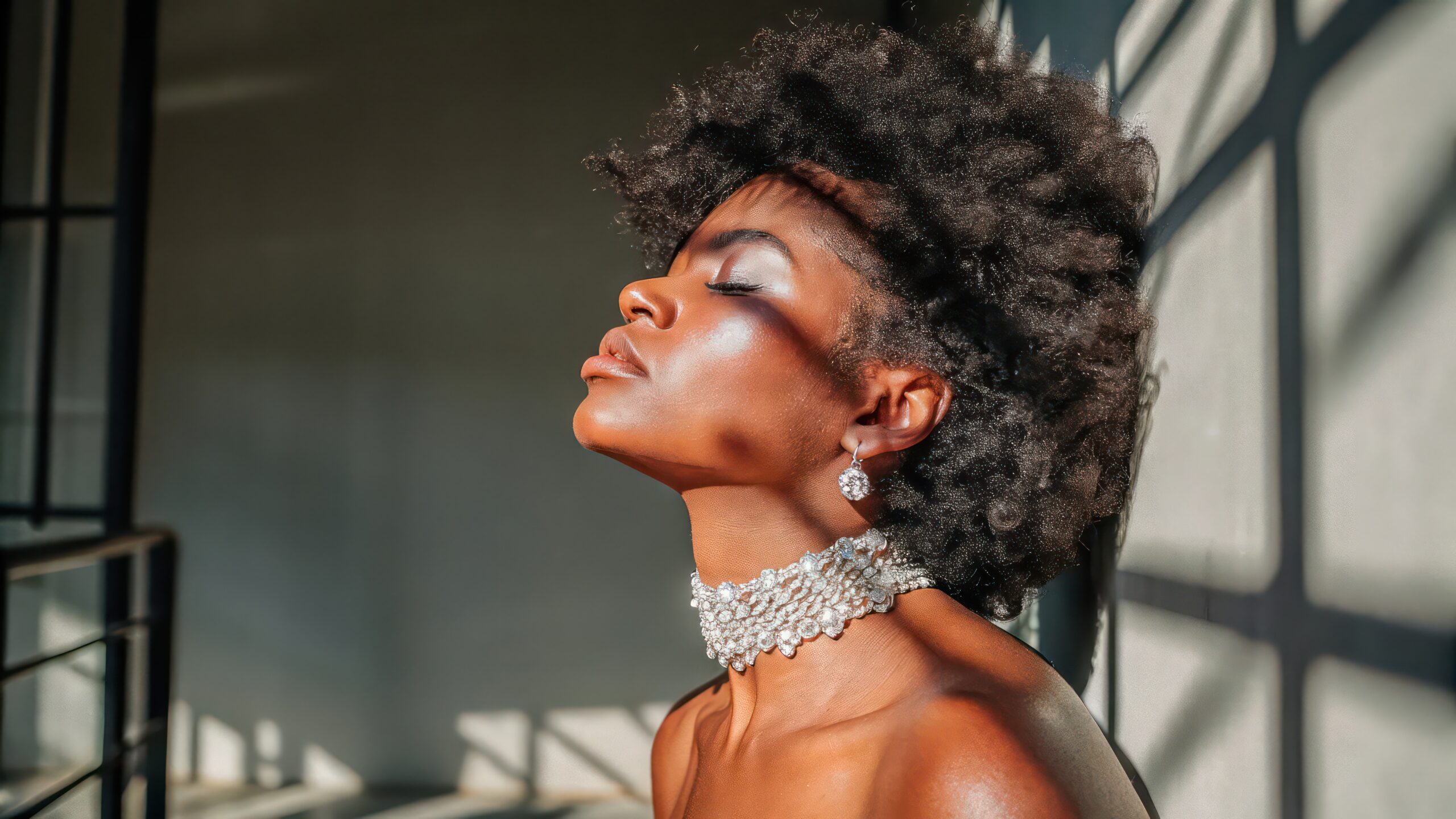
Kenya: Beaded Elegance and Tribal Identity
In Kenya, bridal fashion is as diverse as the more than 40 ethnic groups that call the country home. Among the most visually stunning are the traditional Maasai and Kikuyu wedding ensembles, which showcase Kenya’s deep-rooted tribal heritage.
A traditional Maasai bride dons a beautifully beaded collar necklace that cascades over her shoulders. These beadworks are handmade, with each color holding symbolic meaning—white for purity, red for bravery and unity, and blue for energy and sustenance. The bride’s head is often adorned with an intricately crafted headdress, and her earlobes display traditional stretched piercings with decorative beadwork.
Kikuyu brides, on the other hand, may wear colorful wrap dresses known as kitenge or lesos, accessorized with brass or copper jewelry and headbands. Modern Kenyan weddings often fuse these traditional elements with contemporary gowns, resulting in a unique hybrid that honors heritage while embracing the future.
In Kenya, bridal fashion is not just about aesthetics—it’s a cultural marker, a storyteller of ancestry, and a symbol of community pride.
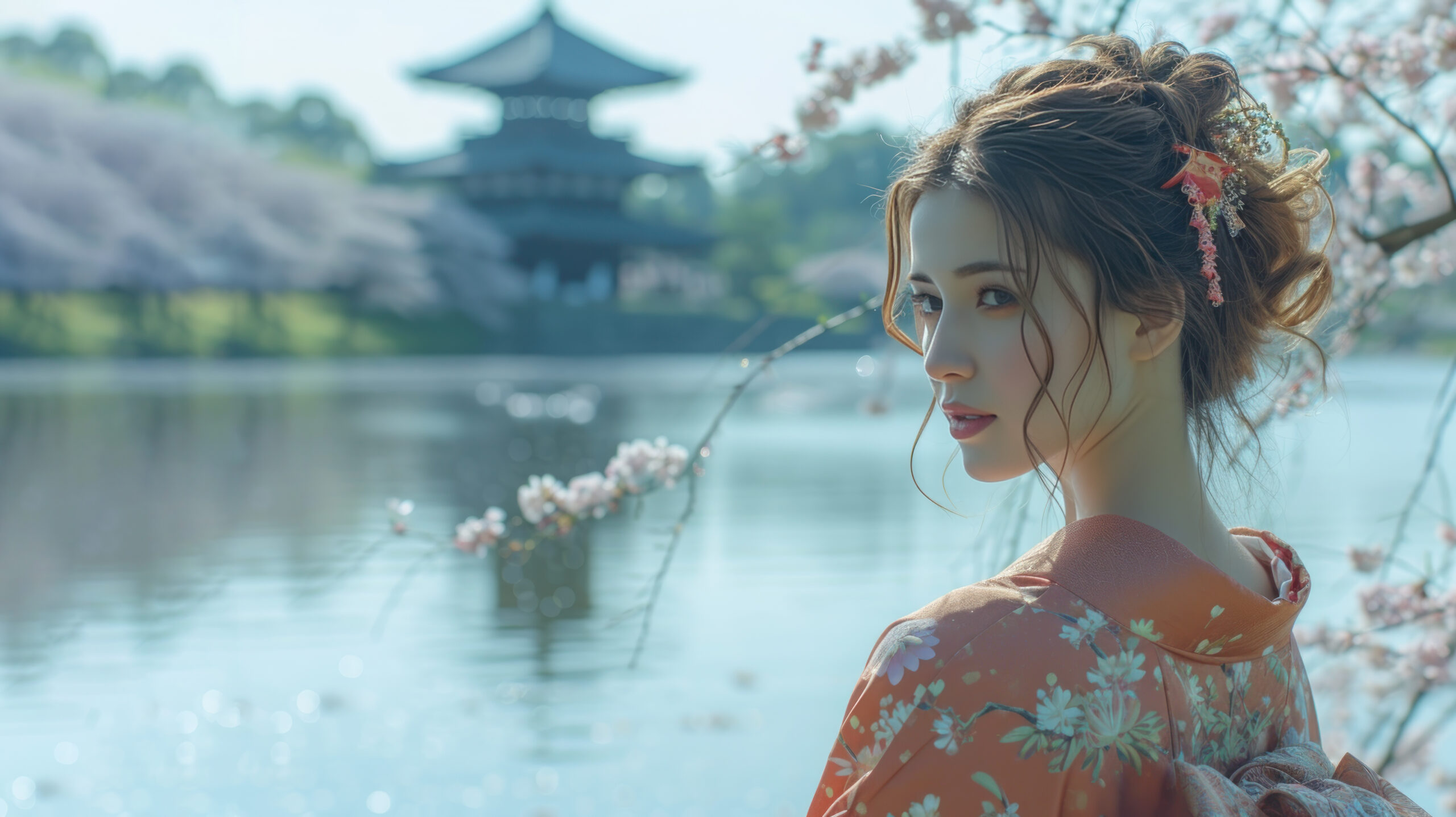
Japan: The Art of Subtle Sophistication
Japanese bridal fashion is rooted in grace and symbolism, reflecting centuries of refined tradition. One of the most iconic bridal outfits in Japan is the shiromuku, a pure white kimono ensemble that symbolizes the bride’s willingness to adopt the colors and customs of her new family.
The shiromuku includes a long, flowing kimono with wide sleeves and a trailing hem, worn with an under-kimono and a wide obi (sash). A key component of this ensemble is the tsunokakushi or wataboshi—a white head covering meant to veil the bride’s “horns of jealousy” and present her as calm and obedient.
For more modern ceremonies, Japanese brides often change into a colorful iro-uchikake—an elaborately embroidered outer robe in vibrant reds, golds, or purples. These garments are heavy with symbolism, featuring motifs such as cranes for longevity, waves for resilience, and cherry blossoms for ephemeral beauty.
Today, it’s common for Japanese weddings to include multiple costume changes: traditional kimono for the ceremony and a Western-style white dress for the reception. Each transition represents a layer of identity—rooted in heritage, yet open to modern expression.
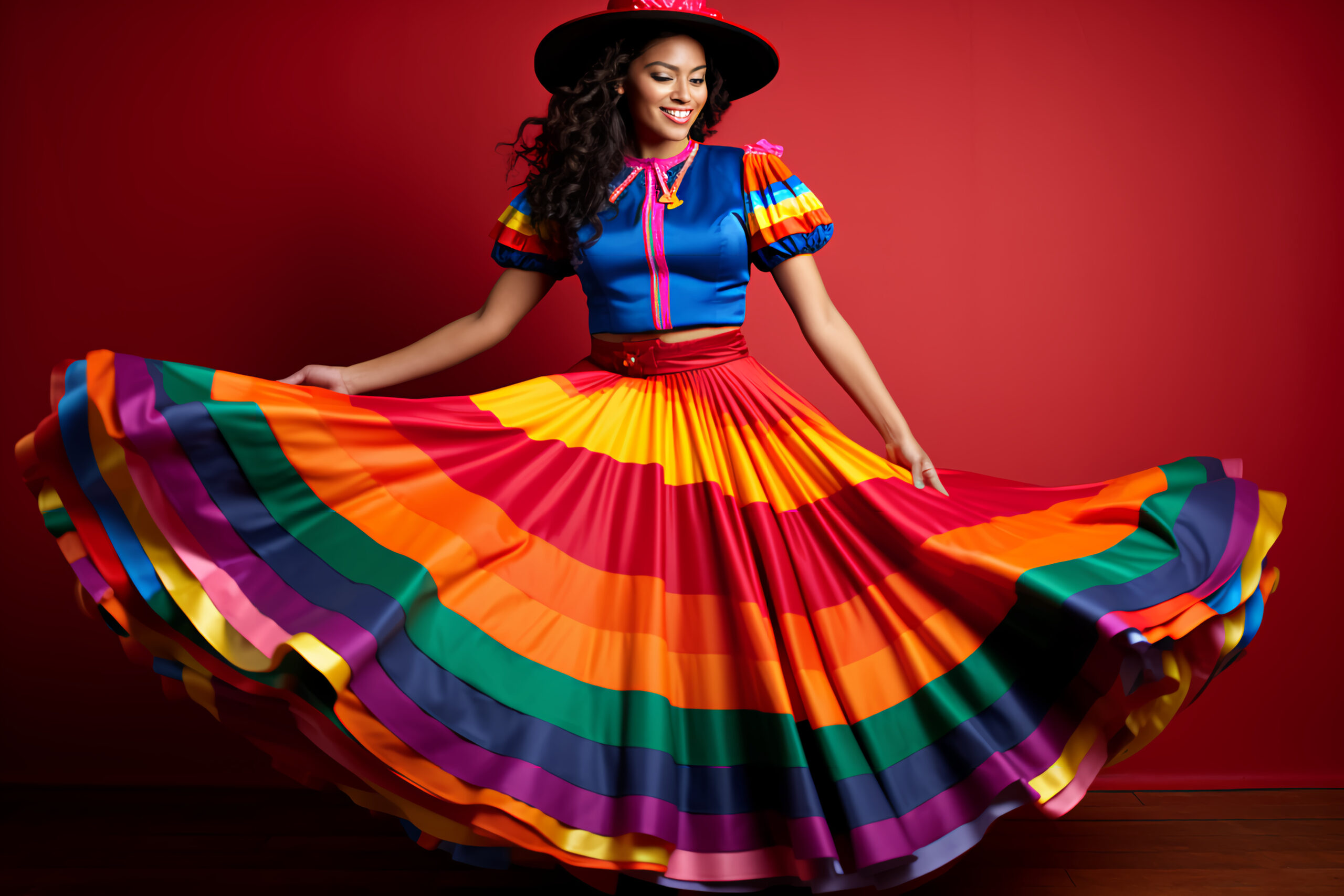
Mexico: Fiesta of Color and Devotion
Mexican bridal fashion is a fiesta in fabric, a celebration of color, Catholic devotion, and regional craftsmanship. Traditional wedding attire in Mexico is strongly influenced by indigenous cultures and colonial Spanish styles, culminating in unique ensembles that vary from state to state.
The classic Mexican bridal dress, especially in rural or folk-style weddings, often incorporates mantilla veils—delicate lace-edged veils held in place by combs known as peinetas. The lacework is rich and symbolic, reflecting themes of purity and divine grace. Dresses may be hand-embroidered with floral or religious motifs and crafted from cotton or silk.
In southern Mexico, particularly Oaxaca and Chiapas, brides may opt for traditional garments such as the huipil, a rectangular tunic-style dress adorned with vibrant patterns representing the bride’s village and community. These handmade pieces are often passed down through generations, steeped in familial and cultural significance.
A modern Mexican wedding may feature a lace gown with bold accessories—think brightly colored sashes, embroidered shawls (rebozos), or flower crowns made of marigolds and roses. The blend of religious solemnity and joyful celebration is unmistakable, making Mexican bridal fashion a visual expression of heartfelt traditions and festive spirit.
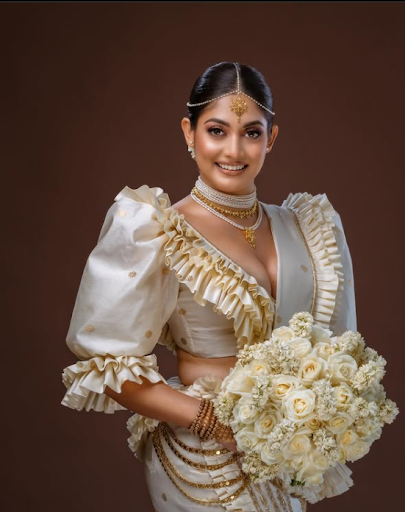
Sri Lanka: Regal Splendor in Gold and Ivory
Sri Lankan bridal fashion is a regal affair, exuding elegance, heritage, and timeless beauty. The traditional bridal attire, especially among the Sinhalese, is the Kandyan saree or osariya—an intricately draped ensemble that combines cultural tradition with queenly poise.
A Kandyan bride wears a fitted jacket blouse, often embroidered with pearls, sequins, and gold thread, paired with a pleated saree that elegantly wraps around the body. The saree, typically in shades of ivory, cream, or gold, symbolizes purity and prosperity. Adorning this stunning outfit is a cascade of heirloom jewelry—from the forehead nalalpata to ornate necklaces, bangles, and earrings, some of which are passed down through generations.
Tamil brides in Sri Lanka wear vividly colored sarees, often in red, maroon, or bright pink with heavy gold zari work, reflecting the auspicious nature of these hues in Hindu culture. Their attire is also complemented with gold temple jewelry and flower garlands.
An unmistakable part of the Sri Lankan bridal look is the thali or mangalasutra—a sacred gold necklace tied by the groom, symbolizing marital commitment. Traditional drummers and dancers often escort the bride, adding a ceremonial grandeur that’s unique to Sri Lankan weddings.
Modern Sri Lankan brides sometimes choose fusion outfits, blending Western white gowns with Sri Lankan drapes and jewelry, crafting a personal style that respects both tradition and individuality.
A Global Tapestry of Love
Each of these countries—Kenya, Japan, Mexico, and Sri Lanka—offers a unique window into the culture, history, and identity of its people through bridal fashion. While the colors, fabrics, and styles may differ, what remains constant is the deep emotional resonance and communal significance of wedding attire. From handwoven garments to sacred symbols and ancestral beadwork, bridal fashion tells stories that go beyond the wedding day—stories of heritage, transformation, and timeless love.
In a world that’s ever-globalizing, these traditions offer something beautifully grounding—a reminder that amidst all our differences, the celebration of love remains gloriously diverse and universally human.

